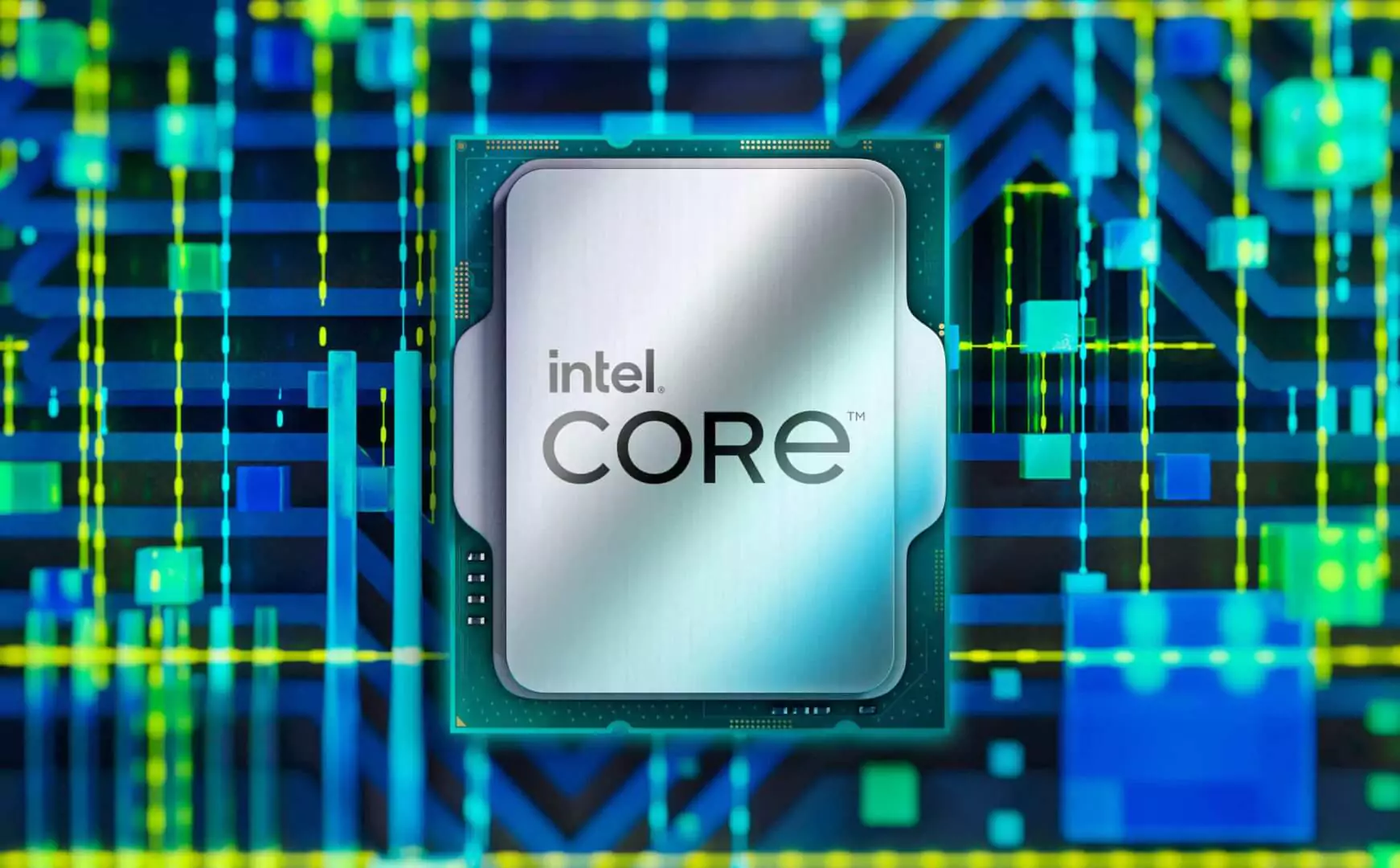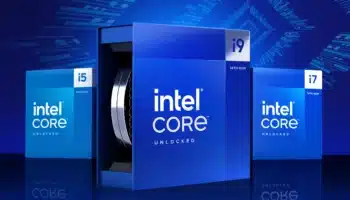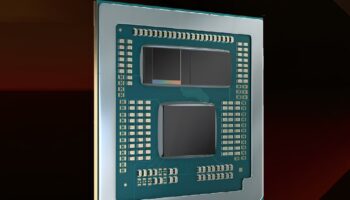Intel’s 15th Gen Arrow Lake processors should be a sizable upgrade over existing 14th Gen parts. Combining upgraded core architectures with cutting-edge process nodes, we can expect a highly competitive lineup by the end of 2024. Intel has repeatedly confirmed that the 15th Gen Arrow Lake processors will arrive by the year’s end, leveraging its cutting-edge 20A process node, backside power delivery (PowerVia), and GAA (RibbonFET) transistors.
Update: The 15th Gen Arrow Lake processors will get the Core Ultra 2 series branding. However, till the official announcement, we’ll continue to use the existing title (Source).
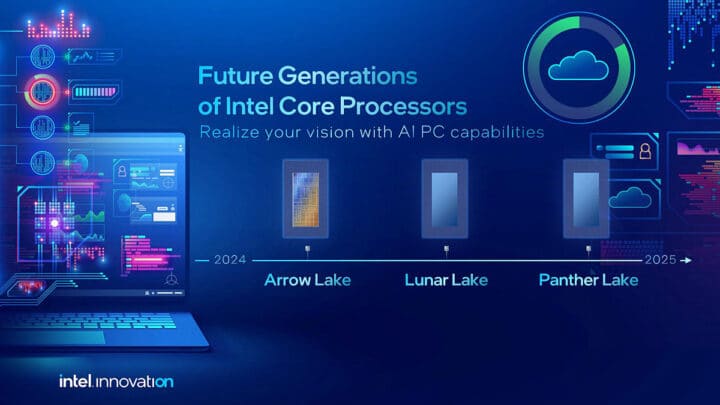
Intel 15th Gen Arrow Lake-S/Core Ultra 2 Specs
Process Node
Intel’s Arrow Lake-S processors will leverage the Intel 20A and TSMC’s 3nm (N3B) process node. According to rumors, the laptop and higher-end desktop chips will feature CPU tiles fabbed on the latter. Only the entry-level Core i5 (non-K) desktop parts will include 20A dies. The iGPU tiles will likely be produced using the TSMC 4nm (N4) process node, while the SoC die will use a mature Intel/TSMC process. Read more.
Core Architectures
Arrow Lake will feature upgraded P and E core architectures. The P-core will be upgraded from Redwood Cove (and Raptor Cove) to Lion Cove, while the E-cores will feature the Skymont core architecture (up from Crestmont/Gracemont). Lion Cove will pack 3MB of L2 cache per core, up from 2MB on Raptor Cove.
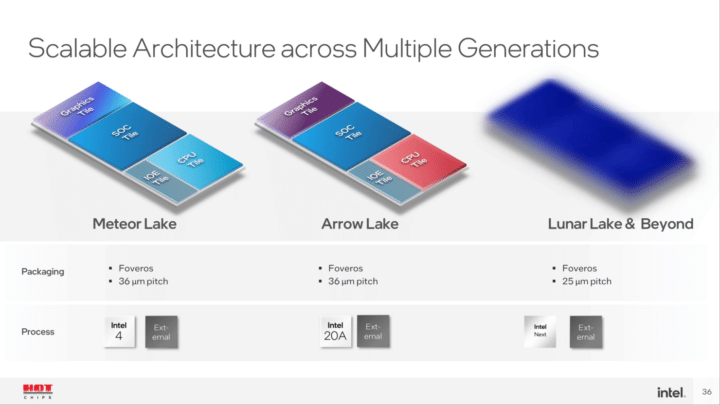
The 15th Gen/Core Ultra 2 lineup will allegedly feature up to four core clusters. These include the high-performance “Lion Cove” P-cores, lower-clocked “Lion Cove” M-cores, low-power “Skymont” E-cores, and the LPE “Skymont” cores on the SoC die. The desktop parts will probably skip this (and the LPE cores), but the mobility lineup is rumored to pack four core clusters. Read more.
Core Counts, Clocks and Hyper-Threading
Arrow Lake will retain the core counts of Raptor Lake on desktop and mobile platforms. The 15th Gen/Core Ultra 2 desktop processors will feature up to 24 cores (8P +16E) and 24 threads, while mobile will top out at 16 cores (6P +16E) and 16 threads.
Intel’s upcoming processors will be the first (in a long time) to lack hyper-threading. Hyper-threading has been removed for a more advanced multi-threading alternative, allegedly known as Rentable Units.

The Arrow Lake desktop CPUs will allegedly boost up to ~5.5GHz, 700MHz, and 500MHz lower than the Core i9-14900KS and 14900K, respectively. Unlike the Intel 7 node used on Alder and Raptor Lake, TSMC’s NP3/20A isn’t quite mature for those frequencies. More here.
Memory, iGPU, and Power
The 15th Gen/Core Ultra 2 series should support (at least) 6,400 MT/s of DDR5 memory by default. The memory controllers will feature four independent channels, each 32-bit wide. More on that here.
Arrow Lake-S will feature the same NPU unit as Meteor Lake, while the LPE cores on the SoC will be disabled. The desktop processors will feature the Xe-LPG graphics architecture with 4 Xe-Cores (512 shaders). The mobility stack will get a mildly refreshed variant with higher clocks.

The ARL-S K-series CPUs will have a base or PL1 power limit of 125W, the same as existing 12th/13th Gen parts. The “PL2” or Boost Clock power limit has been reduced to 177W, a 43% reduction compared to the 13900K/14900K (253W). The PL4 power limit has been reduced to 333W, a 26% reduction gen-on-gen. Read more here.
Expansion Ports and PCIe Lanes
Arrow Lake will feature 24 PCIe lanes. Out of these 20 will be Gen 5 and the remaining four will be Gen 4. There will be four eDPI 1.4 and 2 USB 4/Thunderbolt ports as well. The PCH (chipset) will also offer 24 PCIe Gen 4 lanes, including a DMI x8 Gen 4 interconnect.
Intel Core i9-15900K/Core Ultra 9 285K Specs

- CPU Cores: 24.
- Threads: 24.
- P-Cores: 8.
- P-Core Boost: 5.5GHz?
- E- Cores: 16.
- E-Core Boost: 4.4GHz?
- L2 Cache: 24MB (P) + 16MB (E)?
- L3 Cache: 36MB?
- Base Power (PL1): 125W.
- Boost Power (PL2): 177W.
- Memory Type: DDR5-6400.
- Memory Channels: 2.
- Graphics: Xe-LPG.
- GPU EUs: 64.
- NPU: Yes (10 TOPS?).
- Socket: LGA1851.
- PCIe Lanes: Gen 5 x20.
Intel Core i7-15700K/Core Ultra 7 265K Specs

- CPU Cores: 20.
- Threads: 20.
- P-Cores: 8.
- P-Core Boost: 5.4GHz?
- E- Cores: 12.
- E-Core Boost: 4.2GHz?
- L2 Cache: 24MB (P) + 12MB (E)?
- L3 Cache: 33MB?
- Base Power (PL1): 125W.
- Boost Power (PL2): 177W.
- Memory Type: DDR5-6400.
- Memory Channels: 2.
- Graphics: Xe-LPG.
- GPU EUs: 64.
- NPU: Yes (10 TOPS?).
- Socket: LGA1851.
- PCIe Lanes: Gen 5 x20.
Intel Core i5-15600K/Core Ultra 5 245K Specs
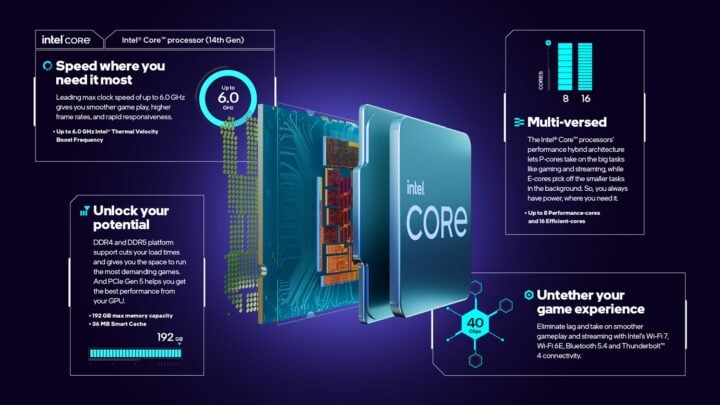
- CPU Cores: 14.
- Threads: 14.
- P-Cores: 6.
- P-Core Boost: 5.2GHz?
- E- Cores: 8.
- E-Core Boost: 4GHz?
- L2 Cache: 18MB (P) + 8MB (E)?
- L3 Cache: 24MB?
- Base Power (PL1): 125W.
- Boost Power (PL2): 177W.
- Memory Type: DDR5-6400.
- Memory Channels: 2.
- Graphics: Xe-LPG.
- GPU EUs: 64.
- NPU: Yes (10 TOPS?).
- Socket: LGA1851.
- PCIe Lanes: Gen 5 x20.
We also expect the following 65W (non-K) CPUs, and their 35W (T-series) variants sometime down the line:
| CPU | CPU Cores | P-Core Boost | TDP (PL1) |
|---|---|---|---|
| Core Ultra 9 275 | 24 (8P+16E) | 5.4GHz? | 65W |
| Core Ultra 7 255 | 20 (8P+12E) | 5.3GHz? | 65W |
| Core Ultra 5 240 | 14 (6P + 8E) | 5.1GHz? | 65W |
Lunar Lake (Core 200V)
The Core Ultra 200V “Lunar Lake” processors will utilize the same core architecture and process technologies as Arrow Lake. Its beefed-up NPU and iGPU will make it stand out. It will feature the Xe2 “Battlemage” graphics architecture and an NPU unit 3x faster than Meteor Lake.
Lunar Lake will be Intel’s first CPU lineup to entirely replace the E-cores with the SoC-centric LPE cores. Although the two feature the same core architecture, the latter is optimized for lower power and runs independently of the compute die (at least on Meteor Lake).

Interestingly, all variants of Lunar Lake will feature the same core count (4P + 4LPE). The segmentation will be based on core clocks and the L3 cache. The iGPU on the lower-end models will also be reduced. The fanless designs will have a TDP of 15W to 28W, while the rest will range from 15W to 30W:
- P-Cores: 4x Lion Cove.
- LPE-Cores: 4x Skymont.
- CPU Core Count: 8 (4P + 4LPE).
- Base Clock: 1.8GHz-2.10GHz.
- L2 Cache: 2.5MB per P-core, 14MB overall.
- L3 Cache: 14MB+ (shared).
- Memory: 32GB LPDDR5x-8533.
- TDP: 17W-30W.
- GPU uArch: Xe2 (Battlemage).
- Xe Cores: 8.
- Vector Engines: 64 (SIMD16).
- Shader Count: 1024.
- GPU Clock: ~2GHz?
